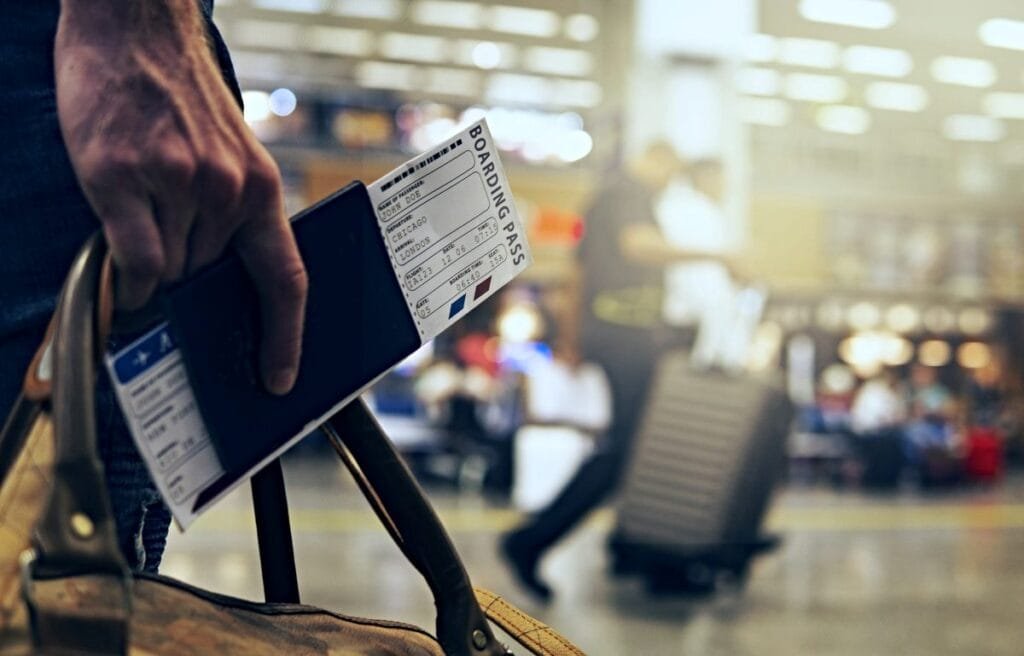The EU Commission adopted Tuesday proposals to digitalise passports and identity cards – an ‘EU Digital Travel application’ – for individuals travelling to and from the Schengen area.

The new rules will make travelling to and within the Schengen area easier and more secure, says the Commission, which says the current systematic physical checks for both EU citizens and non-EU citizens are no longer sustainable.
The Commission is proposing a common framework for the use of digital travel credentials and a new ‘EU Digital Travel application’, for travellers to create and store their digital travel credentials.
Digital travel credentials are a digital version of the data stored on passports and identity cards. The data includes information contained in the chip of the passport or ID card, including the facial image of the holder, but not fingerprint. A digital travel document can be stored on a mobile phone. It will be completely voluntary for travellers to ask for or use this digital version of their documents, free of charge.
The digitalisation of travel documents represented “a major leap in border management efficiency,” said EC vice-president MJargaritis Schinas: “By allowing travellers to digitally submit their documents in advance, border guards will be able to verify identities prior to arrival. This will streamline the process for all travellers, especially EU citizens, while also sharpening the focus on suspicious cases, enhancing the efficiency of systematic checks at our external borders.”
The second proposal, the EU Digital Travel application will be developed by the Commission, with the support of eu-LISA, and deployed at EU level. The application will be available for all EU and non-EU citizens with a biometric passport or EU identity card travelling to or from the Schengen Area.
The EU Digital Travel application will allow travellers to create digital travel credentials, using their passports or, in the case of EU citizens, their identity cards; submit travel plans and documents to the border authorities in advance, reducing waiting times at border crossings; and ensure their data is protected. The application requires user consent before processing personal data.
The EU digital travel application will become available as of 2030. This will provide the possibility to store the digital travel credentials in the European Digital identity wallet.
The EU Council and European Parliament now need to agree on the proposals.
Proposal for a Council Regulation establishing an identity card-based digital travel credential
Document security – European Commission (europa.eu)
Free movement and residence – European Commission (europa.eu)